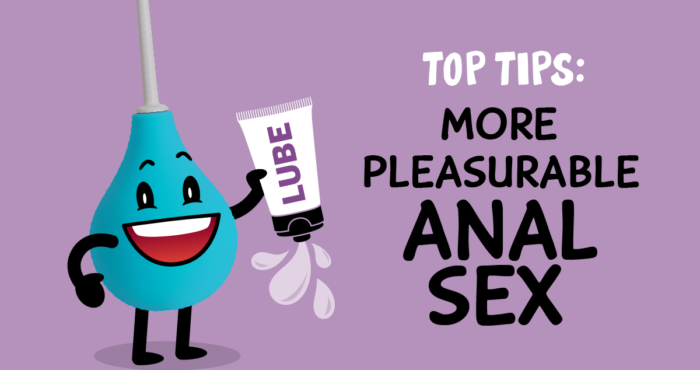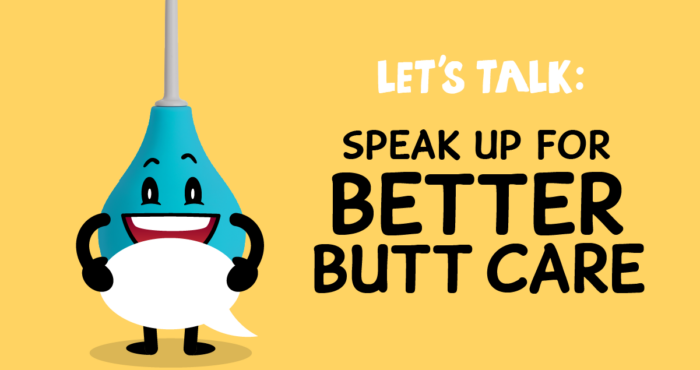Finally! A condom approved for anal sex
“Wear a condom” — it’s the first sex education many of us receive.
As my mother helped unpack my things upon arriving at my college dorm, she was startled to come across an opened box of condoms. Each shiny, sealed square was a reminder that her son no longer was as innocent as she’d like to have imagined and was indeed sexually active. She knew (and had no problems telling me!) how HIV remains an epidemic for the Black community, so eventually, she acknowledged her support. After all, I was only doing what she had once told me to always do: be safe.
Only now, in 2022, has the U.S. Food & Drug Administration (FDA) finally approved the first condom for anal sex. The condom is named the “ONE Condom,” and it comes in a variety of lengths and widths. This means that those condoms from college and any condom I’ve used in my life were technically used “off-label.”
Seeing the news, my heart plummeted. I wondered if this meant I had not been as safe as I could have been. If you’re anything like me, you’re probably confused by the headlines, and are left wondering what this means for you.
Hyman Scott, MD, medical director of San Francisco AIDS Foundation, said that he believes that the findings of the study of the ONE Condom “will extend to other condoms that have options for size, fit, and thickness so that a user can find a condom that fits them well.”
The bottom line, he said, is to find a condom you like for anal sex that fits well and to also use lubricant. That is far more important when it comes to STI prevention (and HIV prevention in the absence of other HIV prevention strategies like PrEP and U=U) than using a condom just because it has been approved for anal sex by the FDA.
So you don’t need to worry. Using any type of condom will offer more protection than not using a condom. I probably don’t need to remind you that condomless, PrEP-less sex carries the greatest risk for HIV transmission if one partner is living with HIV and doesn’t know it yet, or isn’t undetectable. The rectum has fragile and porous tissue, making it incredibly vulnerable to the potentially high viral loads found within semen and pre-seminal fluid.
I hadn’t considered that condoms, which are seemingly a super simple product, are labeled as a class II medical device under the FDA, and therefore must satisfy strict regulatory and product labeling guidelines. So, while the CDC recommends condoms for anal sex “off label”, and many people use it for the same purpose, the official guidance is that condoms have only been “safe and effective” only for vaginal use. Previously, no data existed to demonstrate the efficacy of condoms specifically during anal sex. The benefits until now have only been assumed.
The approval of the ONE Condom for anal sex was based on a study with 252 men who have sex with men and 252 men who have sex with women in Atlanta. Participants were provided with three different types of condoms to use (standard, thin, and fitted to size), and recorded information about condom use over 6-12 weeks.
Interestingly “clinical failure” of the condoms (which the researchers defined as any instance of slippage or breakage), occurred far less often during anal sex (0.7% of the time) than during vaginal sex (1.9% of the time). The researchers concluded that the difference in failure rates was likely due to the use of lubricant, since nearly all anal sex acts used condom-compatible lubricant (98.3%), but only 41.6% of vaginal sex acts occurred with lubricant.
“In the past, we have had concerns about condom failure being higher with anal sex than with vaginal sex, but it was actually the reverse in this study,” said Dr. Scott. “That is interesting, and good information for us to have. We can now provide the data that support condoms have low failure rates for anal sex.”
It’s possible the data shows less condom failure for anal sex, because participants reported using condom-safe lubricants.
ONE Condoms shares all of the same benefits as previously marketed condoms. In fact, it is pretty much identical to rubber latex glove-types many of us are already familiar with. Just like previous condoms, ONE Condoms can also be used interchangeably as a contraceptive and STI prevention for vaginal, front hole, and oral sex, too.
“Condoms are our main tool for STI prevention,” said Dr. Scott. “We have additional tools for biomedical prevention of HIV, but we don’t have those tools for STIs yet. We’re seeing high rates of STIs across populations, so it’s good that this FDA approval is again bringing attention to the importance of condoms as an option that people have for HIV and STI prevention.”
Given that we’re only now seeing approval and marketing for a condom studied for anal sex after more than 40 years into the HIV epidemic, it does make me wonder. I’m not exactly sure what has made the FDA so anti-anal, but I’d guess that stigma against men who have sex with men, taboos around anal sex, outdated views of sexuality, and other moralistic judgements during the rise of AIDS may be partially to blame.
You can find ONE Condoms sold as a three-pack for about $3.48 and $14.48 for a 24-pack. Give it a try. Your mom would be proud, too!










